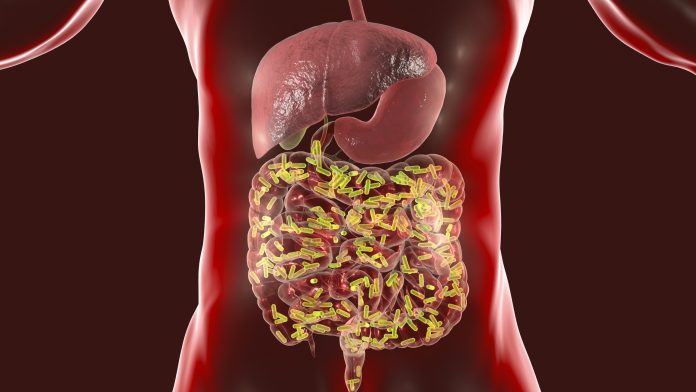
The human gut microbiome has been sorted into five “enterosignatures.” These are dominated by Bacteroides, Firmicutes, Prevotella, Bifidobacterium, or Escherichia. This new model confirms previous enterotype concepts, which sorted the hundreds of bacteria in the gut microbiome into just three buckets. But this new model could help with patient care.
This team used about 5,230 gut metagenomes from adults and infants to characterize signatures of bacteria.
The work was led by researchers at the Food, Microbiome, and Health Institute Strategic Program of the U.K.’s Quadram Institute Bioscience. It was published in Cell Host & Microbe this week.
Their work found, as they wrote, “That a subset of gut species is extremely persistent in individuals, families, and geographic regions, represented often by locally successful strains of the phylum Bacteroidota. These “tenacious” bacteria show high levels of genetic adaptation to the human host but a high probability of loss upon antibiotic interventions.”
They add that, “These analyses describe how different dispersal strategies can lead to the long-term persistence of human gut microbes with implications for gut flora modulations.”
The gastrointestinal tract microbiome typically consists of 200–300 different species, which, at the strain level, are mostly unique to their human host. But these comprise over 100 trillion microbial cells that affect physiology, metabolism, nutrition, and immune function. Disruption of the gut microbiota has been specifically linked to gastrointestinal conditions such as inflammatory bowel disease and obesity.
This team found that the Bacteroides-associated ES is “core” in the resilience of westernized gut microbiomes, while combinations with other ESs often complement the functional spectrum.
They write, “The model reliably detects atypical gut microbiomes correlated with adverse host health conditions and/or the presence of pathobionts. ESs provide an interpretable and generic model that enables an intuitive characterization of gut microbiome composition in health and disease.”
This team used a metabolic model called non-negative matrix factorization (NMF), which they say “…has the added advantage that pre-calculated signatures of bacterial assemblages can be reapplied to even a single metagenome, removing the need for large cohort sizes as required in ordinations (e.g., PCA) or clustering-based approaches (e.g., ET) capturing microbiome variation.”
Using NMF, they write, “ We propose an ecologically informed decomposition of human gut microbiomes into five microbial signatures or “enterosignatures” (ESs). Cross-validation suggests that these five ESs were able to ubiquitously describe variation in gut metagenomes from western as well as non-western (NW) fecal metagenomes of all ages.”













